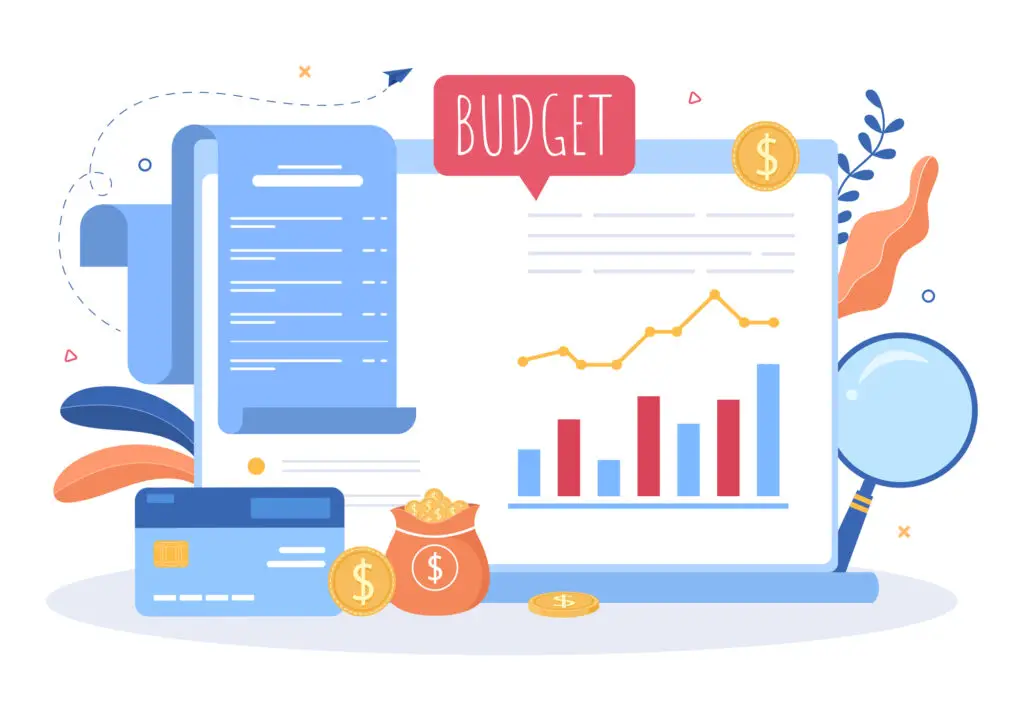 With the third quarter of 2024 complete, now’s the time to begin the budgeting process for 2025. The Chief Executive says
With the third quarter of 2024 complete, now’s the time to begin the budgeting process for 2025. The Chief Executive says
“Budgeting is always imperfect because you can’t predict the future. You can make reasonable assumptions about familiar uncertainties—the economy, political or regulatory shifts, throughput, inventory, etc.—and anticipate potential opportunities. But there’s always something that’s missing or wrong.”
Nonetheless, you should do it. Here are some ideas to help you craft your preliminary budget for 2025.
Idea: Review your revenue and expenses year-to-date
It’s a common saying on Wall Street that “past performance is no guarantee of future results,” but for budgeting purposes it’s a starting point.
Some businesses simply take the current budget and boost everything by a certain percentage. This reflects what’s expected from inflation. For example, if you paid total compensation in 2024 of $500,000, you might simply budget $515,000 to reflect a 3% inflation rate.
Others take a more targeted approach. They look at every line in the budget because while most expenses will increase, they won’t all do so at the same rate, and some expenses might even fall. Certain expenses, such as rent, may be fixed—unchanged for 2025. The ideas that follow reflect a line-by-line approach to budgeting.
Idea: Guess what inflation will be
Inflation is the driving force in many budgeting decisions. It may drive up prices to increase your revenue. And it may add your expenses. What will you need to pay your debts, such as lines of credit, that have fluctuating interest rates? Will you be able to raise prices? Wages? Will increased inflation depress sales?
On September 18, 2024, the Federal Reserve cut interest rates for the first time since 2020, and promised more cuts to come. This is a sign that inflation has come down. But we still have inflation. While the Fed says inflation is approaching its 2.2% target, other sources aren’t as optimistic. Projections for inflation in 2025 depend on who you ask. The International Monetary Fund (IMF) says 4.5%, the Fed says 2.3%, the White House says 2.3%, and the Congressional Budget Office says 2.2%. Who do you believe?
Idea: Plan for payroll
Payscale projects U.S. employers to increase pay in 2025 by 3.5%, with increases in some industries will be 4% or more, but others won’t see the 3.5% increase. WTW says 3.9%. Look at the factors that may increase or reduce payroll costs for the coming year.
What will increase your payroll costs?
- Giving raises. To retain staff, you likely have to increase wages…just because. You can use the percentages listed above as guidelines to pay increases. Also consider the industry you’re in and what your competitors are doing.
- Increased payroll taxes. The increase in the Social Security wage basis, which is officially announced in mid-October, is expected to be rather modest (perhaps $174,900 to $175,500).
- Increased benefits costs. Health insurance costs for small businesses are projected to rise between 5.7 and 7% for 2025.
- Hiring additional staff. If you project business growth, you may need to take on additional employees to handle your sales and services. As a rule of thumb, consider that it costs you 1.25 to 1.4 times an employee’s base pay after factoring in payroll taxes, insurance, and benefits. So, if you’re hiring an employee at $50,000 a year, it’s going to cost you $62,000 to $70,000 a year after payroll taxes, insurance and benefits, and it could be more.
What will decrease your payroll costs?
The main thing for reducing costs is reducing the number of employees in your company. You may do this through attribution (natural retirement) or layoffs. Consider how AI can be deployed to do the tasks that some employees are doing now.
Idea: Plan for transportation and travel
Many businesses need to consider the cost of getting from here to there. They make deliveries, reimburse employees for their transportation costs which for many reflect gas prices, and they have meals and meetings and go to events. And they travel to meet customers, vendors, and attend trade shows and conventions.
Vehicle costs. For those using fossil fuel vehicles, the price at the pump can have a dramatic impact on the budget. Predictions for prices in 2025 are all over the place—up and down. For EVs, the cost for charging depends on so many factors—level of charging, location, etc. Again, the results of the November election could have a significant impact on the price of gas.
Travel. When it comes to business travel, expect to see price increases. The GSA released its per diem rates for fiscal year 2025 (beginning October 1, 2024) for the continental U.S., which reflect a rise for lodging as well as meals and incidental expenses (the M&IE rates haven’t been increased since FY 2022). The IRS posted its rates for the hi-low substantiation method starting October 1, 2024.
Idea: Expect to revisit your proposed budget after the November election.
You’ll need to factor in policy changes anticipated for the coming year under a new Administration. Will these policies add to inflation? Increase taxes? Add new regulations and the costs for compliance?
Final thought
Setting up your budget now enables you to make decisions on pricing, marketing, salary, and benefits for 2025. You can always modify your budget as things change.


